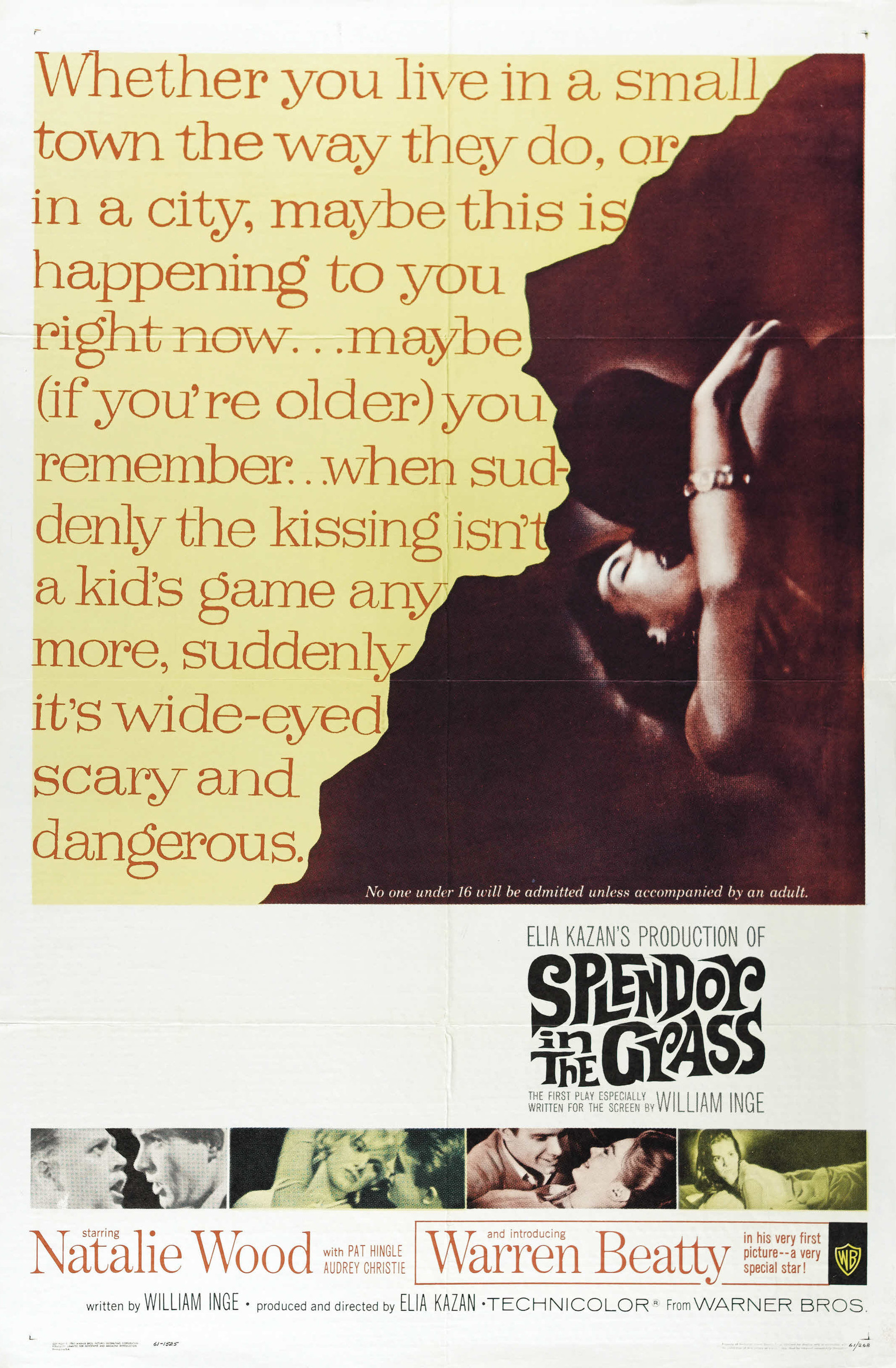A blog formerly known as Bookishness / By Charles Matthews
"Dazzled by so many and such marvelous inventions, the people of Macondo ... became indignant over the living images that the prosperous merchant Bruno Crespi projected in the theater with the lion-head ticket windows, for a character who had died and was buried in one film and for whose misfortune tears had been shed would reappear alive and transformed into an Arab in the next one. The audience, who had paid two cents apiece to share the difficulties of the actors, would not tolerate that outlandish fraud and they broke up the seats. The mayor, at the urging of Bruno Crespi, explained in a proclamation that the cinema was a machine of illusions that did not merit the emotional outbursts of the audience. With that discouraging explanation many ... decided not to return to the movies, considering that they already had too many troubles of their own to weep over the acted-out misfortunes of imaginary beings."--Gabriel García Márquez, One Hundred Years of Solitude
Search This Blog
Monday, August 22, 2016
Splendor in the Grass (Elia Kazan, 1961)
This overheated melodrama, released the year after the introduction of the Pill, could almost be a valedictory to the 1950s. Deanie Loomis (Natalie Wood) and Bud Stamper (Warren Beatty) are two hormone-drenched Kansas teenagers in 1928 -- though the attitudes toward sex were still prevalent thirty years later -- unable to find an outlet for the passions they are told they should repress. He is under the sway of a bullying, motormouthed father (Pat Hingle in an over-the-top performance that's alternately frightening and ludicrous), while she has a frigid, convention-ridden mother (Audrey Christie). She goes mad and is sent to a mental hospital. He goes to Yale and flunks out. Such are the consequences of not having sex. The truth is, Splendor in the Grass is not quite as silly as this summary makes it sound. Kazan's direction is, as so often, actor-centered rather than cinematic: The performances of the four actors mentioned give it a lot of energy that at least momentarily overrides any reservations I have about the psychological plausibility of William Inge's screenplay, which won an Oscar. There's also Barbara Loden as Bud's wild flapper sister, and Zohra Lampert as the earthy Italian woman Bud winds up marrying. In the end, the movie becomes almost a documentary of a moment in American filmmaking, when censorship was beginning to lose ground, and things previously unmentionable, like abortion, became at least marginally acceptable. The film itself could almost serve as an indictment of the attitudes that produced the Production Code, which hamstrung American movies from 1934 to 1968. What distinction the movie has other than as a showcase for performances comes from Boris Kaufman's cinematography, Richard Sylbert's production design, and Gene Milford's editing.
